The brain adapts to visual loss from "summary" of The Mind's Eye by Oliver Sacks
In conditions of visual loss, the brain exhibits remarkable adaptability, compensating for the lack of visual input by enhancing other sensory modalities. This phenomenon, known as neural plasticity, allows individuals to develop alternative ways of perceiving and interacting with the world. For instance, blind individuals often demonstrate heightened auditory and tactile sensitivity, enabling them to navigate their environment with precision and skill. In the absence of visual cues, the brain reorganizes its neural networks to prioritize the processing of auditory and tactile information, leading to enhanced perceptual abilities in these domains. Moreover, individuals who have lost their sight may experience vivid visual hallucinations, a phenomenon known as Charles Bonnet syndrome. In these cases, the brain generates visual images despite the absence of visual input, drawing upon stored memories and neural connections to create intricate and detailed scenes. This intriguing phenomenon highlights the brain's capacity to adapt and reconfigure its internal representations in response to sensory deprivation. Furthermore, research has shown that individuals who are born blind may experience alterations in brain structure and function, with the visual cortex repurposed for processing information from other sensory modalities. This cross-modal plasticity allows blind individuals to excel in tasks such as Braille reading and auditory localization, demonstrating the brain's ability to adapt and reorganize in the face of sensory loss.- The concept of the brain adapting to visual loss underscores the remarkable flexibility and resilience of the human brain. By reorganizing neural circuits and prioritizing alternative sensory modalities, the brain is able to compensate for visual deficits and enhance other perceptual abilities. This phenomenon highlights the intricate and dynamic nature of brain function, shedding light on the complex interplay between sensory input, neural processing, and perceptual experience.
Similar Posts
Brains are wired to connect learning to survival
The brain is a survival organ. This fact has been known for centuries. Its wiring is set up to ensure our species' survival. Le...

Memory is not always reliable
Our memories are not as concrete as we might think. They are not like video recordings that we can play back with perfect accur...
Illusion of separateness
Anil Ananthaswamy delves into the concept of separateness, exploring how our perception of distinct boundaries between ourselve...

The brain is capable of creating false memories
Ramachandran discusses the fascinating phenomenon of false memories in our brains. Our memories are not always accurate represe...

Mirror therapy can alleviate phantom limb pain
Ramachandran discusses a fascinating technique that has shown promise in alleviating phantom limb pain. This method involves th...

Capgras delusion reveals the complexity of the brain's recognition processes
Capgras delusion is a bizarre disorder that provides a window into the complexity of the brain's recognition processes. In this...

Patients with neurological conditions have unique experiences
One of the most striking things about patients with neurological conditions is the sheer diversity of their experiences. Each p...

Mirror neurons play a role in empathy and social cognition
Mirror neurons, first discovered in monkeys, are a fascinating aspect of neuroscience that have shed light on the mechanisms un...

